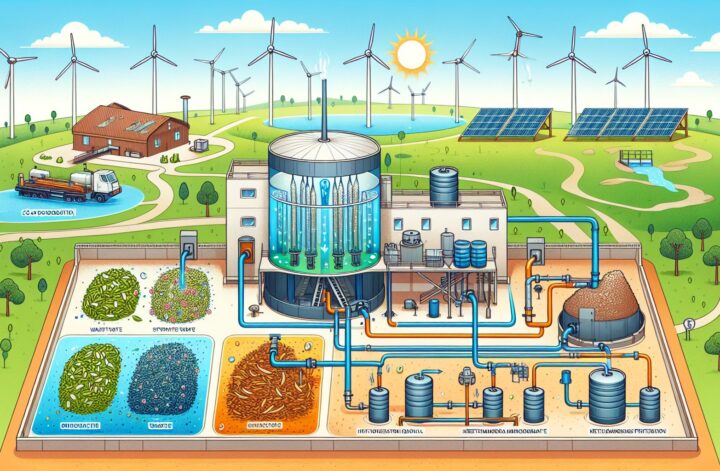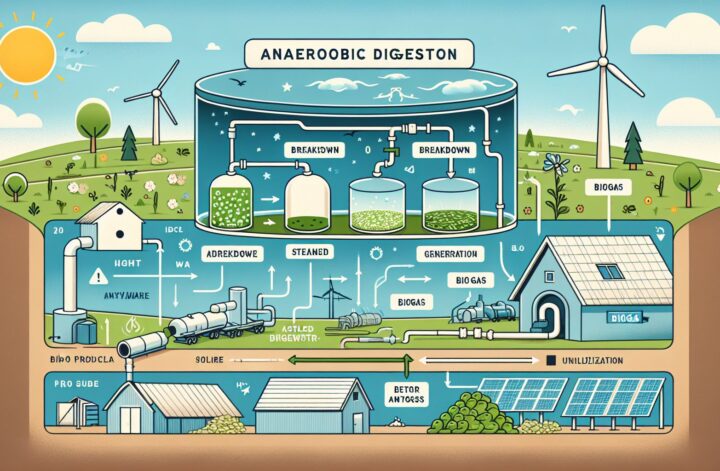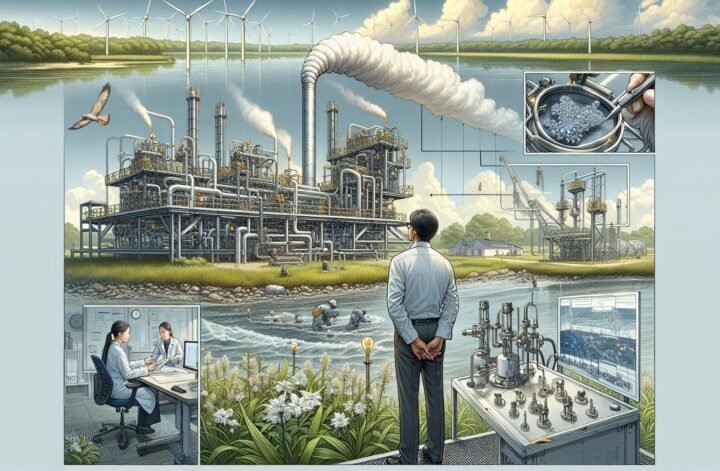Across the world, the issues of energy scarcity and waste management continue to top the list of pressing environmental concerns. Countries are looking for sustainable solutions that simultaneously address these two problems, and one such solution is co-digestion. This process, part of the anaerobic digestion family, leverages organic waste to produce biogas as a form of renewable energy. This article offers an in-depth view into what co-digestion is, how it works, its benefits and challenges, and how it contributes to sustainable development.
What Is Co-Digestion?
Co-digestion, as the term implies, is the simultaneous digestion of multiple organic fractions within a single anaerobic digester¹. In other words, it utilizes two or more substrates — typically a mixture of organic waste materials like livestock waste, crop residues, and food waste — and processes them together to yield biogas and other valuable by-products. This allows for efficient waste management and renewable energy generation concurrently.
How Does Co-Digestion Work?
The co-digestion process essentially involves the breaking down of organic matter in a unique way. This process of breaking down occurs in the absence of oxygen, a condition known as anaerobic. The process typically comprises four key stages: hydrolysis, acidogenesis, acetogenesis, and methanogenesis².
- Hydrolysis: At this first step, complex organic molecules are broken down into simpler sugars, amino acids, and fatty acids.
- Acidogenesis: Next, these simple organic compounds are further broken down into volatile acids and alcohol.
- Acetogenesis: The third stage transforms the volatile acids and alcohols into acetic acid, carbon dioxide, and hydrogen.
- Methanogenesis: At the final step, methanogens (a group of microorganisms) convert these products into methane, carbon dioxide, and water.
The end-result is biogas, a flammable energy source, and digestate, a nutrient-rich fertilizer³.
The Benefits Of Co-Digestion
The allure of co-digestion lies in its multifaceted benefits. First, it offers an efficient solution for managing organic waste, reducing the need for landfills and significantly diminishing the environmental harm that poorly managed waste can inflict.
Second, it bolsters renewable energy production. The biogas produced through co-digestion can be utilized directly for cooking, heating, electricity generation, or it can be upgraded into biomethane for use as transport fuel or injection into the natural gas grid.
Third, co-digestion produces digestate. When treated correctly, this end-product serves as an organic, nutrient-rich fertilizer that can support agriculture and consequently reduce dependence on synthetic fertilizers.
Challenges and Opportunities
But like any other technological solution, co-digestion is not without challenges. Balancing diverse feedstocks in a single digester to ensure optimal biogas output, managing toxins and inhibitors that may arise from certain types of waste, and securing a steady supply of organic waste feedstock can all pose operational difficulties.
However, with a scientifically informed approach to feeding and monitoring digester conditions along with ongoing advancements in anaerobic digestion technology, these challenges can be appropriately managed.
Co-Digestion and Sustainable Development
Co-digestion holds much promise for sustainable development. By dealing with organic waste and energy scarcity concurrently, it contributes to the achievement of several Sustainable Development Goals (SDGs) including: reducing pollution (SDG 3), promoting clean energy (SDG 7), responsible consumption and production (SDG 12), and climate action (SDG 13). It’s a clear signal of the widespread potential impact of technologies and processes rooted in science, innovation and sustainability.
Conclusion
Co-digestion has emerged as a promising solution to manage organic waste and generate renewable energy at the same time. As we continue to seek sustainable alternatives for environmental challenges, initiatives like co-digestion offer a ray of hope. They underscore that the solution to a cleaner and more sustainable future lies at the intersection of waste management and alternative energy production.
Sources:




